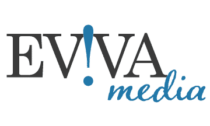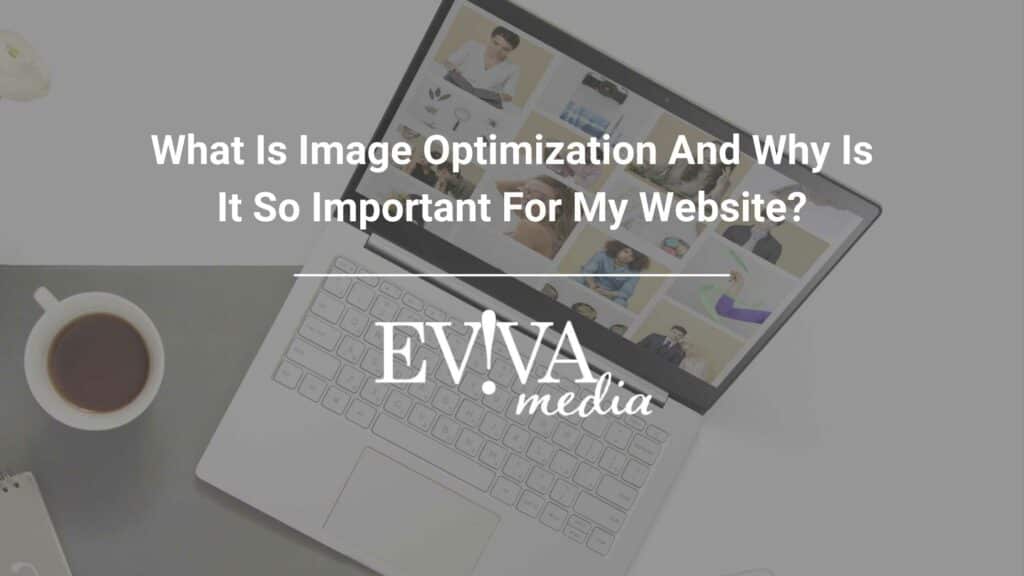If a picture is worth a thousand words, then image optimization can be worth a thousand visitors. It can also lead to a better user experience, which will increase rankings and conversions because Google will see high-quality content and engage users.
Your website is important to your business, and you want to make sure it’s not just well optimized for search engines, but for users too. One of the ways you can optimize your website for both humans AND search engines is by improving the images on your site.
What Is Image Optimization?
It’s the process of reducing the size of an image file without compromising its quality. The goal of image optimization is to make your website load faster, so people can see it sooner and enjoy it better. It can be done in several ways, including resizing and compressing. Resizing is a simple process that involves cutting down the dimensions of an image (i.e., width x height). When a file is compressed, it is reduced in size in bytes removing unnecessary or redundant information. For example, if you compress a JPEG, it’s going to remove pixels and colors that aren’t noticeable to the human eye.
Why Is It Important?
Images are one of the biggest factors contributing to poor page load times on websites today. The average webpage has over 60 images on it, and each one adds to your page size and slows down its load speed. According to Google, 53% of users abandon websites that take longer than 3 seconds to load! Crazy, right? That’s why image optimization is so important for improving your website’s performance and user experience (UX).
The easiest way to reduce the size of an image file is through compression — removing extra data from an image file so that only what is needed remains. While a compressed file will appear the same size physically, the file size will be smaller than its uncompressed counterpart, which makes it easier for computers to read and display on screens (since they’re made up of pixels). This means that you’ll see faster load times and less strain on servers as well as fewer requests being sent out which will help improve SEO rankings in search engines for those with responsive sites that are optimized for mobile devices or tablets!
Optimized VS Unoptimized

How Else Can You Optimize Your Images?
If there’s one thing that’s guaranteed to make a user abandon a page, it’s a slow load time or an error message. You may have great content and beautiful design, but if users can’t access it because their connection has stalled or the page doesn’t load in time, they might not return to your site again.
Another way to optimize your images is by adding alt text. Alt text (alternative text) is often used to describe images on your website. This helps search engines understand what an image contains. Visually impaired users can use screen readers to read this content aloud, it appears instead of an image when it fails to load, and search engines can use it to understand the content of your site. By adding alt text to your website’s images, you can also increase your search engine ranking for queries related to the images.
The result of not optimizing your images? You’ll lose out on a huge chunk of website traffic and potential customers. Whether you are looking for image optimization, search engine optimization, or all your digital marketing needs, our team at Eviva Media can help. Get in touch with us today!






